Liver biopsy is a diagnostic procedure to evaluate liver diseases such as hepatitis, cirrhosis, and tumors. Prices depend on hospital infrastructure, specialist experience, and whether advanced imaging is used.
The procedure may be performed percutaneously, transjugularly, or laparoscopically. Each method differs in complexity and cost, reflecting patient-specific needs.
Costs usually cover pre-procedure tests, imaging guidance, pathology analysis, and follow-up consultation. Private centers may vary in pricing compared to public hospitals.
A liver biopsy provides essential information for treatment planning. Despite cost differences, accurate histological diagnosis is critical for effective patient management.
Why Is There No Standard Cost for Everyone?
The very first and most important question in determining liver biopsy cost is “Why are we doing this procedure?” The purpose of the procedure forms the basis of pricing. Imagine: one doctor may request a biopsy to assess the degree of simple liver steatosis, while another may need to determine whether a suspicious mass in the liver is cancerous. In each scenario, the information sought is critically different, with major implications for the patient’s treatment plan and life.
There are certain medical conditions that significantly affect the complexity—and therefore the price—of a liver biopsy:
- Unexplained abnormalities in liver function tests
- Hepatitis B
- Hepatitis C
- Suspected autoimmune hepatitis
- Need to determine the stage of cirrhosis
- Detection of a suspicious mass or tumor in the liver
- Nonalcoholic steatohepatitis (NASH)
- Iron overload (Hemochromatosis)
- Copper overload (Wilson’s disease)
As you can see, every scenario requires a different approach and level of expertise—factors that directly impact initial costs.
How Does the Chosen Method Affect Cost?
Once your specific condition is clarified, the next step is selecting the safest and most accurate technique. This choice is a key factor in pricing, as every method requires different technology, equipment, and expertise.
Let’s consider the two most common methods: percutaneous (through the skin) and transjugular (through a neck vein) liver biopsy. Percutaneous biopsy is generally considered standard and is more commonly performed. However, in some cases, this technique may pose a risk for the patient, and interventional radiologists may opt for the more advanced (and thus more costly) transjugular method.
Certain conditions may require your doctor to choose the more complex—and therefore more expensive—transjugular approach:
- Serious blood clotting problems
- Use of blood thinners
- Significant abdominal fluid (ascites)
- Severe obesity
The transjugular technique demands special and costly technology (such as angiography equipment), unique medical supplies, and a highly trained team. It’s much like opting for an armored vehicle over a standard car for extra safety. Naturally, this investment in technology and safety will be reflected in the cost. That’s why the method chosen plays a central role in pricing.
Is Imaging Technology and Expertise a Luxury?
Absolutely not. In modern medicine, liver biopsy is no longer a “blind” procedure. Performing the biopsy under real-time guidance—using ultrasound or CT scan—is not a luxury but an essential safety standard. The greatest advantage of an interventional radiologist is the ability to monitor the needle’s path within the body, moment by moment, with this technology.
This ensures millimeter-precision targeting of the correct liver area, while protecting vital structures like large blood vessels, the gallbladder, or the lungs. This technology and the skill to use it maximizes the success rate and helps prevent serious complications that could be much more costly to treat later. In short, imaging technology and the specialist’s experience are not added luxuries, but fundamental components that protect your health and define the value of the procedure.
What Does the Fee Actually Cover?
Thinking of the biopsy fee as just a five-minute needle procedure would be misleading. In reality, it’s a comprehensive service package involving many steps, and the cost reflects the entirety of this process.
Here are the essential elements included in the service package:
- Pre-procedure medical evaluation by the physician
- Necessary blood tests and analyses
- Advanced imaging equipment used during the procedure
- The expertise and time of the interventional radiologist
- Sedation (mild anesthesia) for patient comfort
- Sterile, single-use medical supplies
- Expert nursing care during and after the procedure
- Safe post-procedure observation to monitor for possible complications
- Pathological analysis of the tissue sample by a specialist
- Preparation of a detailed pathology report including your diagnosis

Interventional Radiology and Neuroradiology Speaclist Prof. Dr. Özgür Kılıçkesmez graduated from Cerrahpaşa Medical Faculty in 1997. He completed his specialization at Istanbul Education and Research Hospital. He received training in interventional radiology and oncology in London. He founded the interventional radiology department at Istanbul Çam and Sakura City Hospital and became a professor in 2020. He holds many international awards and certificates, has over 150 scientific publications, and has been cited more than 1500 times. He is currently working at Medicana Ataköy Hospital.



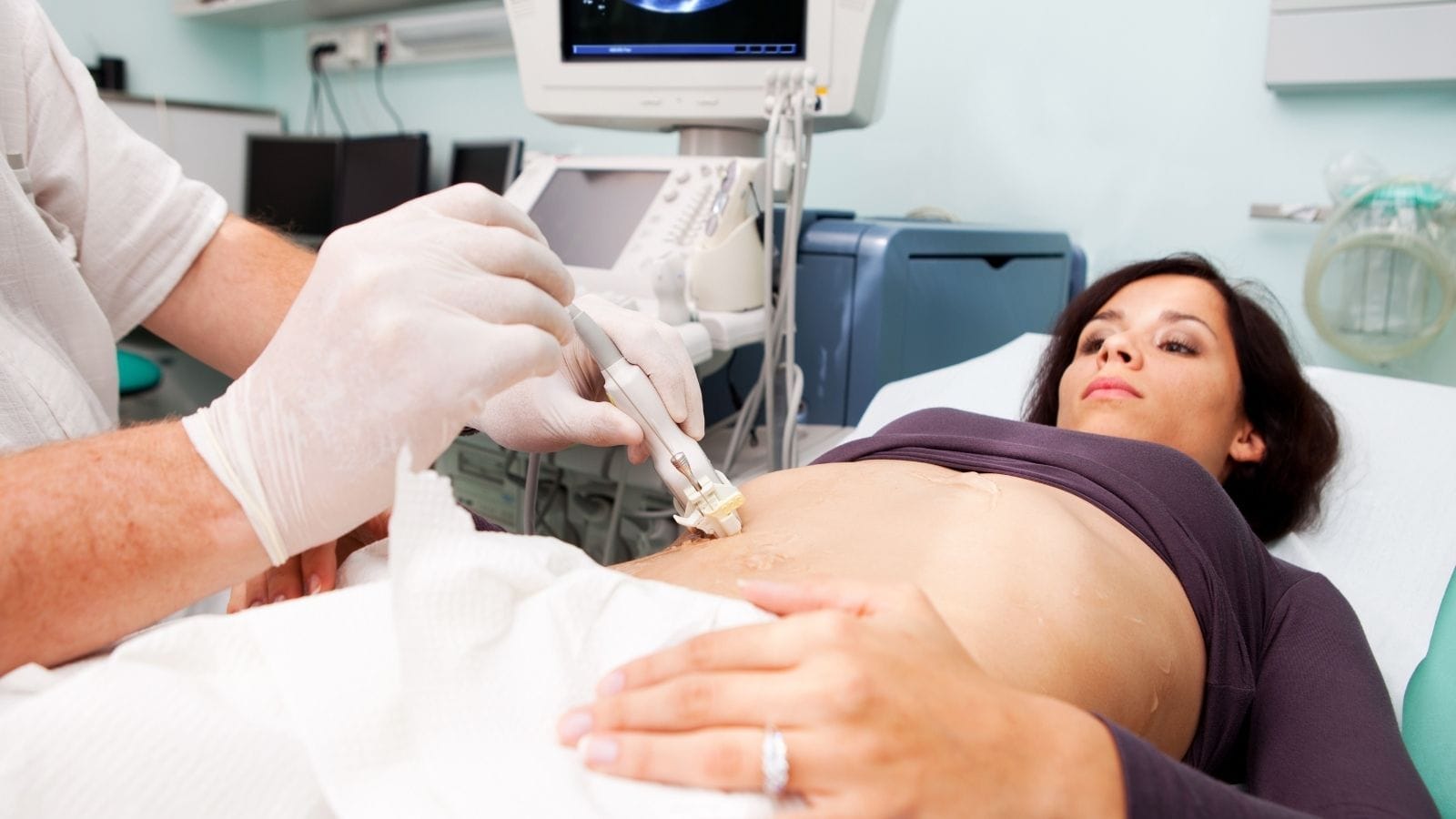
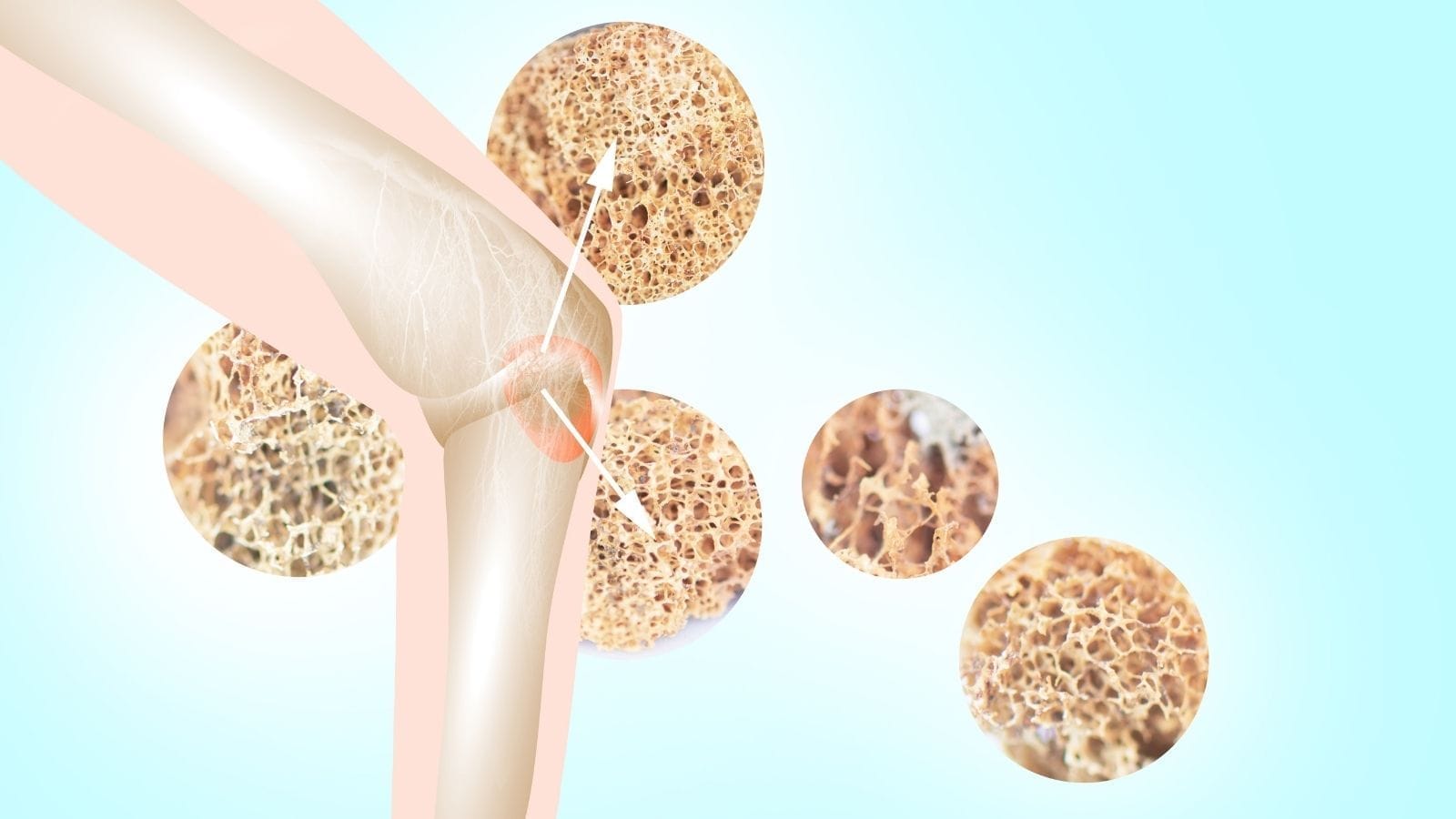
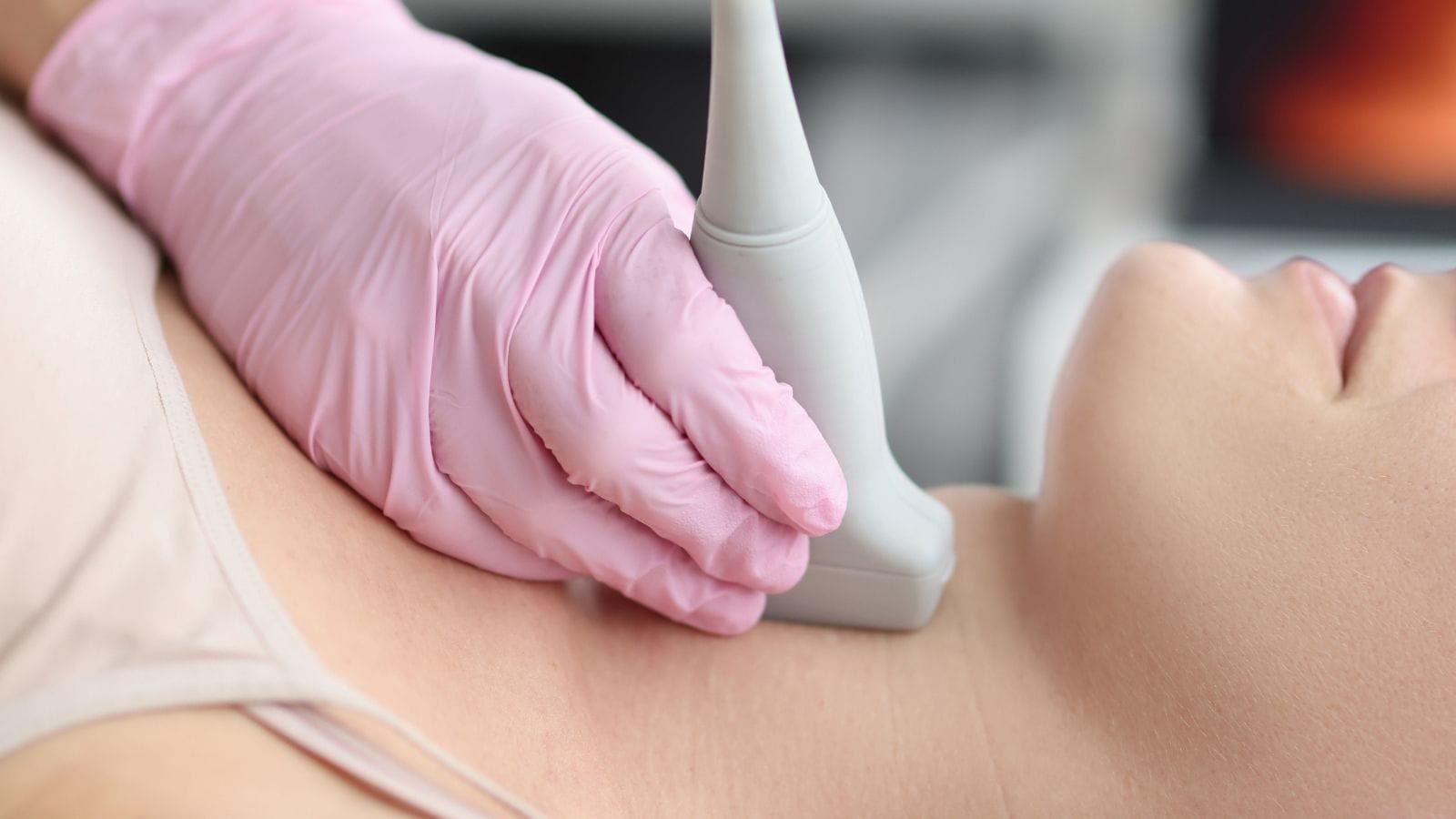
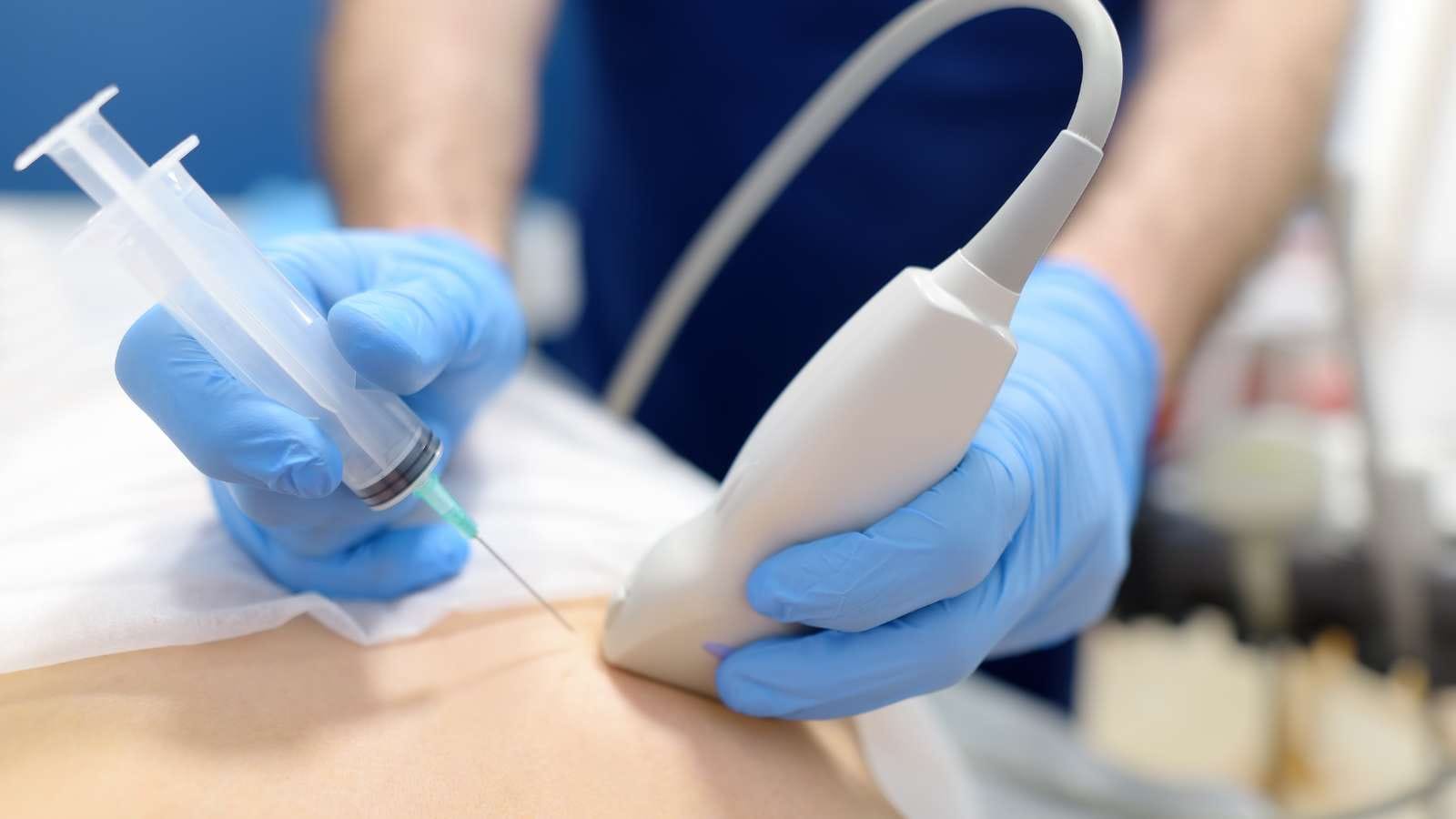
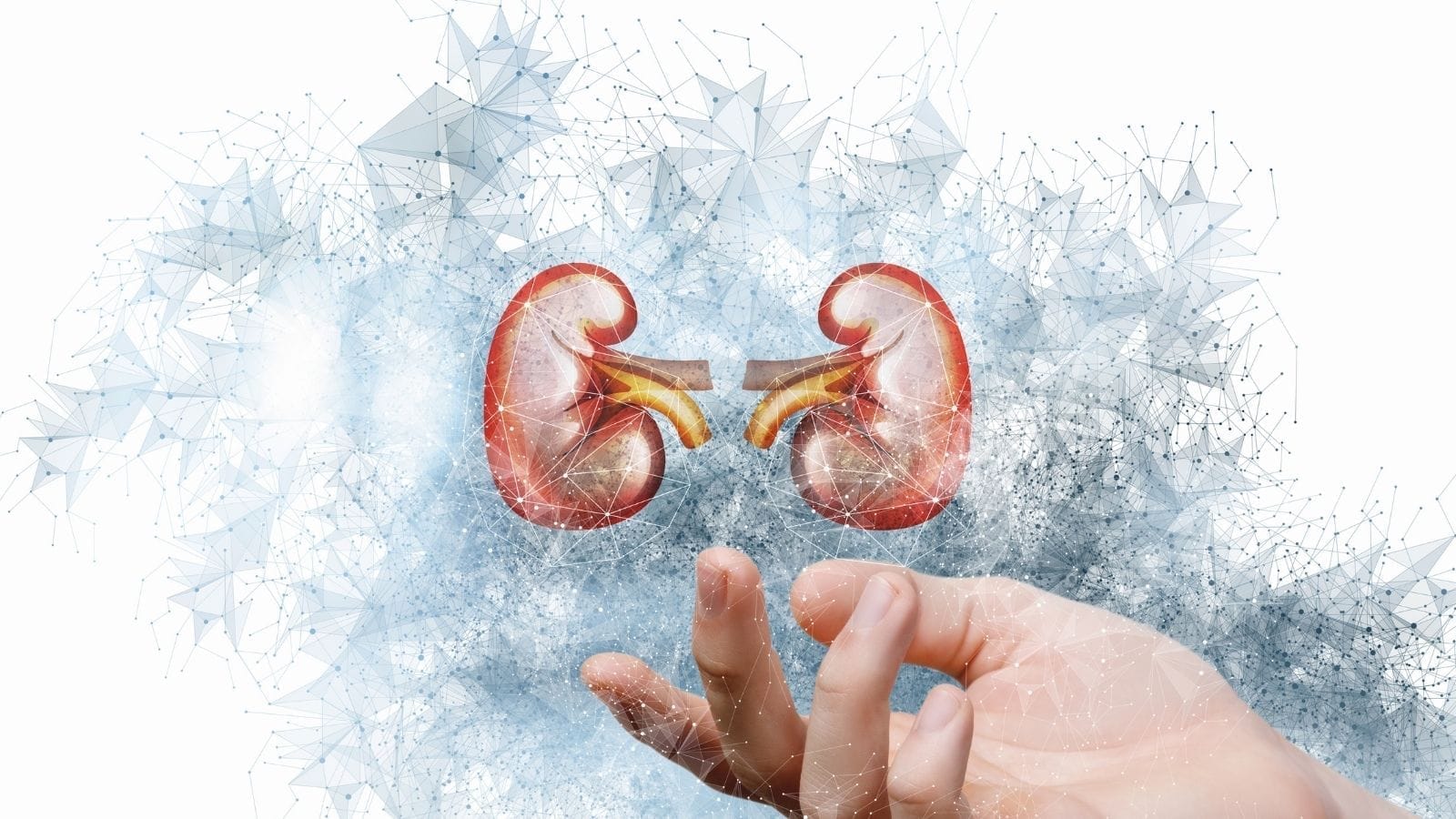
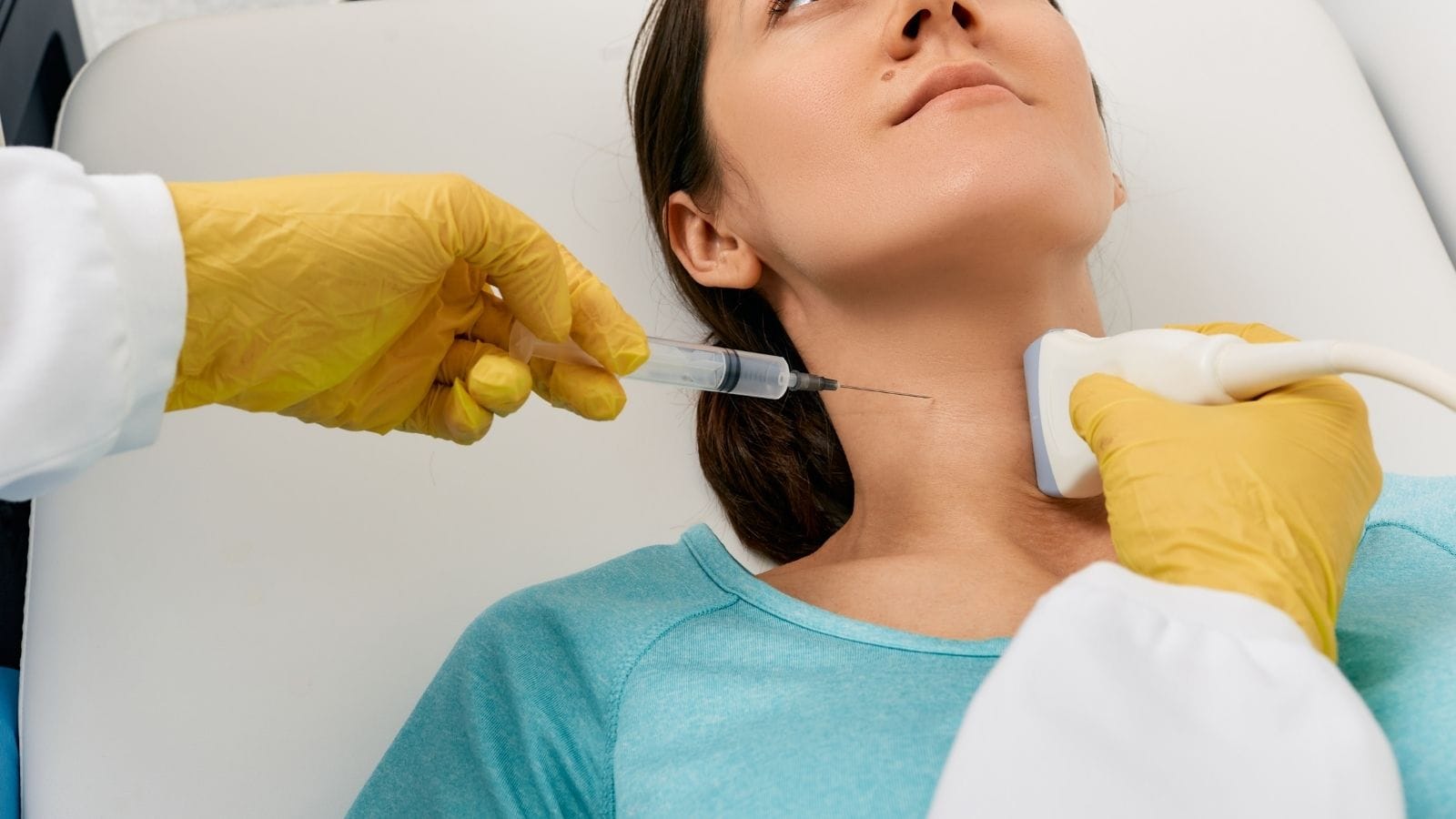
Vaka Örnekleri